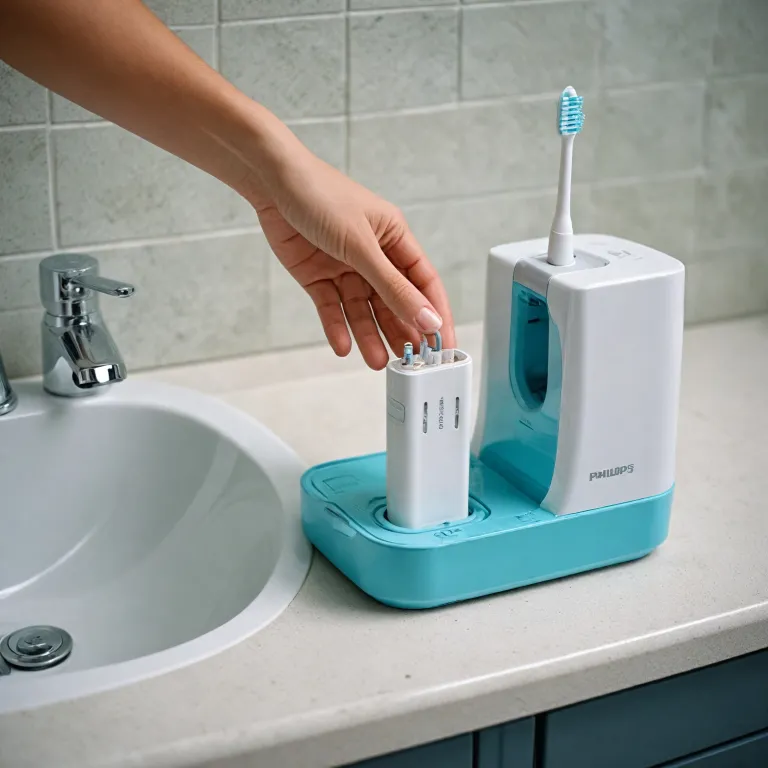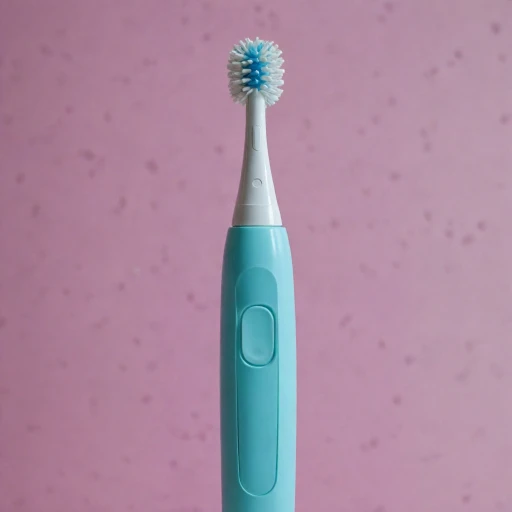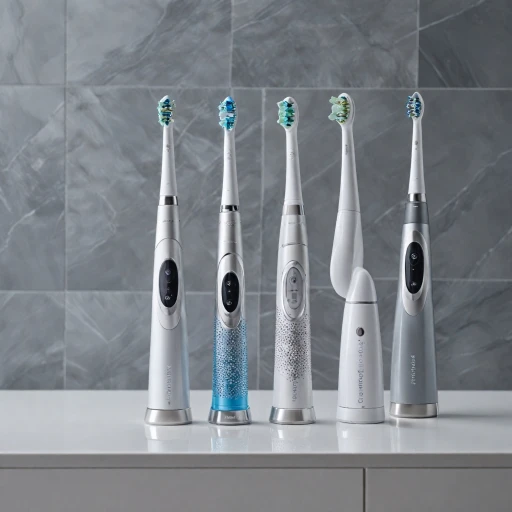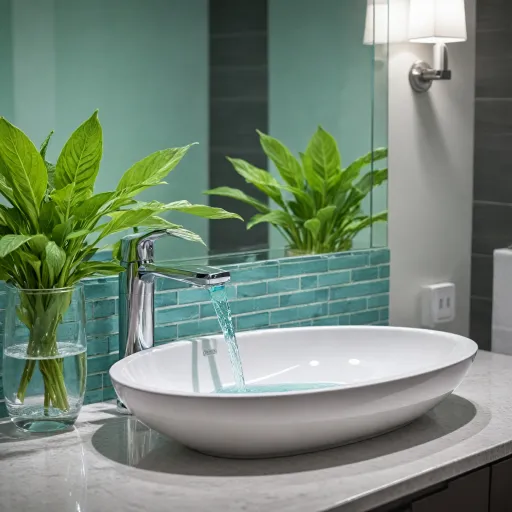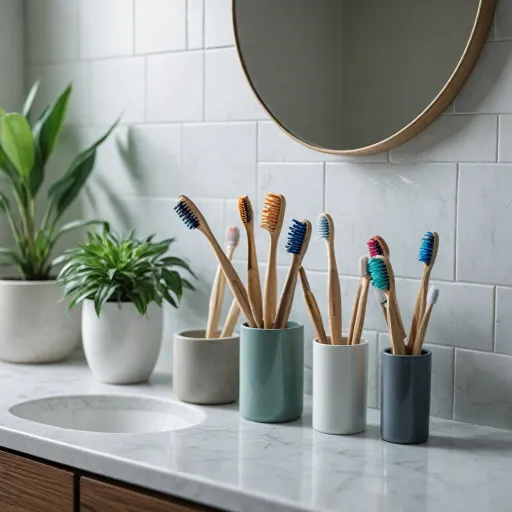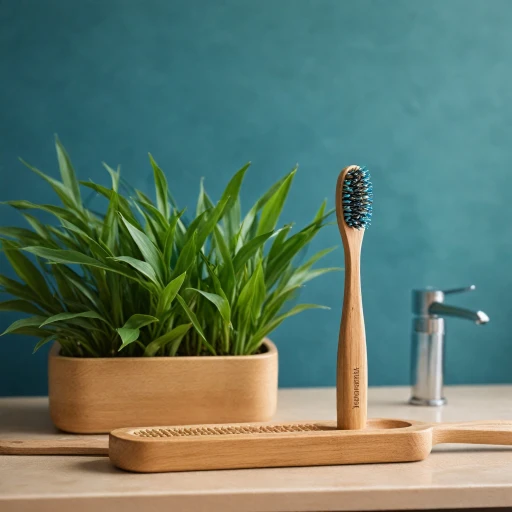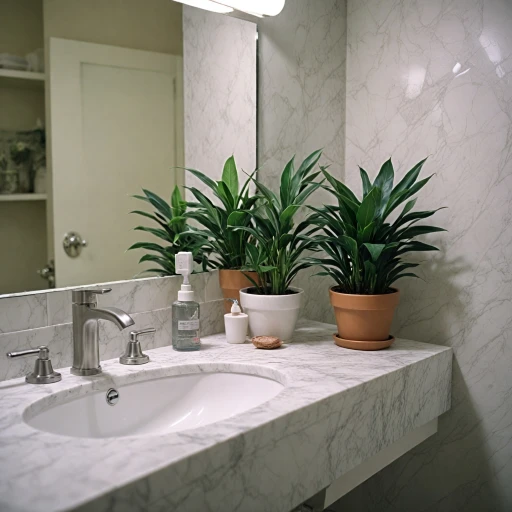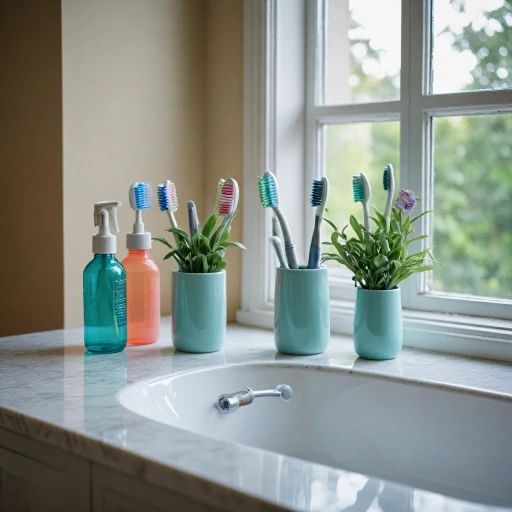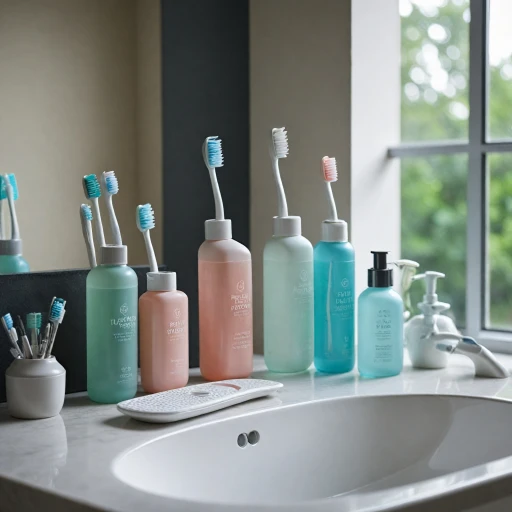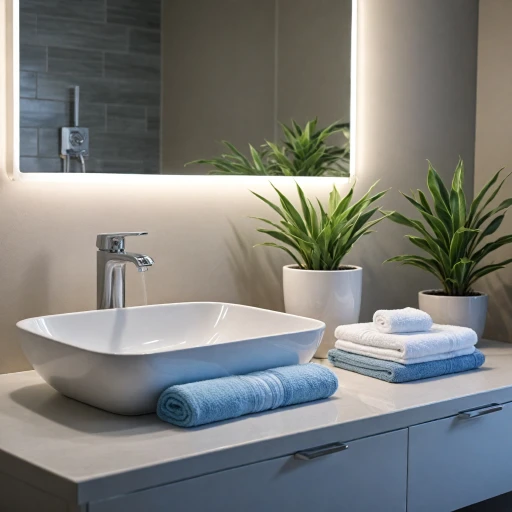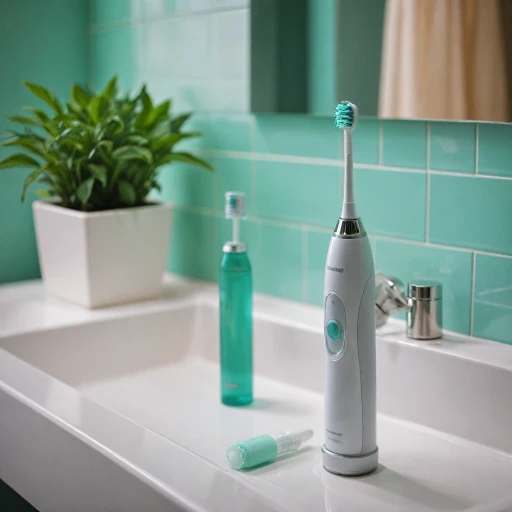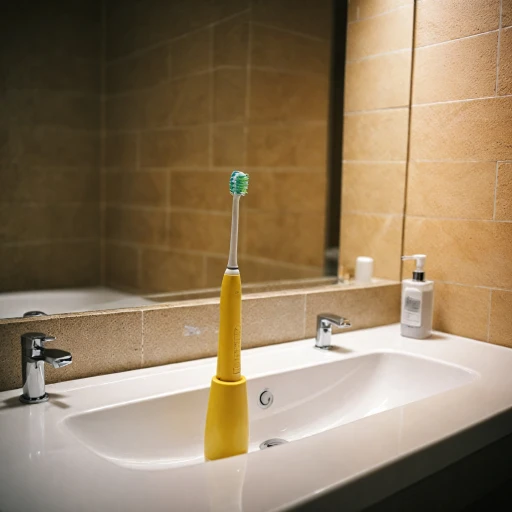
Understanding Common Charger Issues
Exploring Common Charger Problems
When your Philips Sonicare toothbrush charger isn’t working as expected, it can lead to inconveniences that disrupt your daily routine. Understanding the common issues faced with chargers helps in identifying solutions more effectively. The toothbrush might not charge due to several reasons including issues with the battery, the charger, or the connectivity between the toothbrush and its charger.
One frequent problem encountered is the toothbrush charger not connecting properly to the power outlet. This could happen if the outlet doesn't supply power or if there’s a loose connection. It's crucial to check if the charger is plugged correctly into a working outlet and ensure nothing obstructs the charging process.
Battery issues can also be a common culprit. If the toothbrush battery does not hold a charge or the charging light doesn’t turn on, it might need a replacement. Regularly checking the toothbrush charging light, which indicates whether the device is successfully charging, can prevent prolonged charging failures.
In some cases, inspecting the charger and the toothbrush itself might reveal physical damages. Look for any visible signs of wear or damage on the charger cable or the toothbrush charging port. This inspection can sometimes help reveal points of failure you might not have considered.
For those looking for additional information on how to manage their Philips Sonicare warranties and ensure longevity of their devices, our guide on the warranty for Philips electric toothbrushes can be an invaluable resource.
Initial Troubleshooting Steps
Basic Inspection Steps for Your Charger
When your Philips Sonicare toothbrush charger seems unresponsive, before making any conclusions, start with some elementary checks that don’t require diving into complex troubleshooting. These initial steps will help determine if there’s a quick fix available.
Firstly, confirm that the charger is plugged into a working outlet. It might sound obvious, but it's a step often overlooked in the process. If the outlet doesn’t seem to deliver power, try another outlet to ensure it’s not the source of the problem. This will help establish if the issue stems from the power supply rather than the device itself.
Next, check the battery light on your toothbrush. When the toothbrush is placed on the charger, the light should illuminate, indicating that it’s charging. If the light fails to turn on, it might suggest a problem with either the toothbrush or the charger.
Examine the connection between the toothbrush and the charger. Any debris or foreign objects, especially on the metal contacts, can prevent proper charging. Gently clean both the charging base and the underside of the toothbrush with a damp cloth to ensure a secure connection.
Also, take a moment to assess the condition of the power cord and adapter. Any noticeable damage might require immediate attention, potentially needing a replacement charger.
Once you’ve completed these preliminary checks, if the toothbrush still doesn’t charge, further inspection might be required. In the instance you need to go deeper into troubleshooting, it is essential to consider the Philips Sonicare features like those highlighted in the Sonicare Optimal Clean guide which might provide additional insights into your device functionality.
Inspecting the Charger and Toothbrush
Detailed Inspection of Your Philips Charger and Toothbrush
When your Philips Sonicare toothbrush doesn’t charge or function as expected, it’s crucial to carry out a thorough inspection of both the toothbrush and the charger. This step can often pinpoint issues you might have missed during the initial troubleshooting.- Examine the Charger and Plug: Ensure the charger is securely plugged into a functioning electrical outlet. Sometimes, the outlet doesn’t charge the toothbrush because of a connection issue. Verify that the outlet is operational by testing with another device.
- Check the Battery Light: Observing the battery light can give you immediate feedback on charging status. If the light doesn’t turn on when the charger is connected, this might indicate a failure in the charger or the connection.
- Inspect the Toothbrush for Obstructions: A common reason a toothbrush doesn’t charge is debris or moisture trapped between the charger and the base of the toothbrush. Clean the bottom of the toothbrush and the top of the charging base to ensure a firm connection.
- Assess the Toothbrush Charger: Look for any visible damage to the charger itself. Bent or broken components can impede the toothbrush charging process. If the charger appears faulty, a replacement might be necessary.
- Connection and Contact Points: Ensure all contact points on the toothbrush charging area and the charger are properly aligned. Misalignment can be another reason your toothbrush doesn’t charge successfully.
Testing with a Different Charger
Try Switching to Another Charger or Outlet
If your Sonicare toothbrush charger isn't working, trying a different outlet or charger is a smart step to determine the root of the issue. Here’s how you can proceed:- Test with an Alternative Outlet: First, plug the toothbrush charger into a different outlet. This will help you determine if the issue is with the current outlet or the charger itself. Make sure the new outlet is known to be functioning properly.
- Use Another Compatible Charger: If switching outlets doesn't solve the problem, consider using another compatible charger. Ask a friend or look for a store display unit to borrow one, or if you have access to a backup charger, give it a try. This can confirm if the issue is with your original charger or possibly the sonicare toothbrush.
- Observe the Battery Light: While using the different charger or outlet, check if the battery light on your toothbrush turns on. If it does, your original charger may be malfunctioning.
When to Contact Customer Support
Knowing When Professional Help Is Needed
If you have gone through the initial troubleshooting steps and inspected your charger and toothbrush carefully, yet your Philips Sonicare toothbrush still doesn’t charge, it might be time to reach out for professional help.- Assess the Situation: Confirming that all basic troubleshooting measures have been exhausted is crucial. If the toothbrush still doesn’t turn on or the battery light doesn’t illuminate when plugged into a known working outlet, further action may be necessary.
- Consulting Philips Support: Direct contact with Philips customer support can provide specific guidance and potential solutions tailored to your model. Their expertise can assist in identifying if your charger, battery, or toothbrush requires replacement.
- Warranty Considerations: Before reaching out, check if your toothbrush is still under warranty. Many issues can often be resolved this way, either by repair or replacement. Keep your purchase details handy for quick verification.
- Online Troubleshooting Resources: Philips offers FAQ sections on their website, which might give you some additional ideas for resolving your issues. Additionally, consider visiting trusted blog discussions or workshops focused on electric toothbrush troubleshooting.
Preventive Measures for Future Issues
Tips for Ensuring Longevity
To prevent future issues with your Philips Sonicare toothbrush charger, it's essential to adopt a few simple yet effective habits. These preventive measures can not only enhance the longevity of your device but also save you from frequent troubleshooting sessions like those discussed earlier.- Proper Handling: Always handle your Sonicare toothbrush and charger with care. Avoid dropping or banging them against hard surfaces. Mishandling can lead to physical damage, affecting their performance.
- Regular Cleaning: Debris and residue can accumulate on your toothbrush and charger, interrupting smooth operations. Clean the contact points regularly to ensure your battery light communicates effectively during the charge toothbrush process.
- Use Correct Outlets: Use a properly functioning plugged outlet for charging. An unstable outlet charge may not deliver the necessary power, leaving your toothbrush doesn’t adequately charged.
- Avoid Overcharging: Overcharging can degrade the battery over time. It's advisable not to leave your toothbrush plugged in unnecessarily. Once the light indicates a full charge, disconnect the charger.
- Monitor Battery Performance: Keep an eye on your toothbrush’s charging routines. If you notice discrepancies, such as the light not turning on or inconsistent charging intervals, address the issue promptly.
- Purchase Quality Replacement Parts: In case of charger or battery failure, opt for Philips-approved replacements. Purchasing from an online store offering genuine parts ensures compatibility and reliability.
- Regular Inspections: Periodically inspect your charger and toothbrush for wear and tear. Early identification of issues, such as problems with the battery light or outlet contact, can prevent them from escalating.
